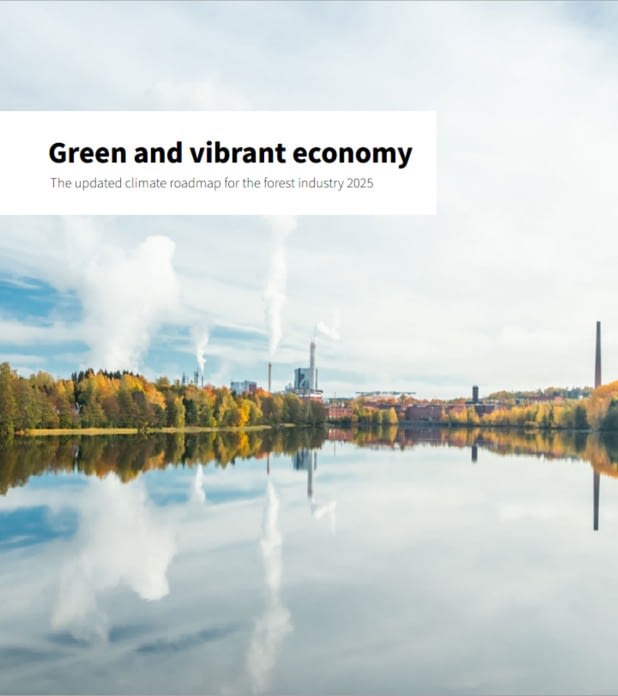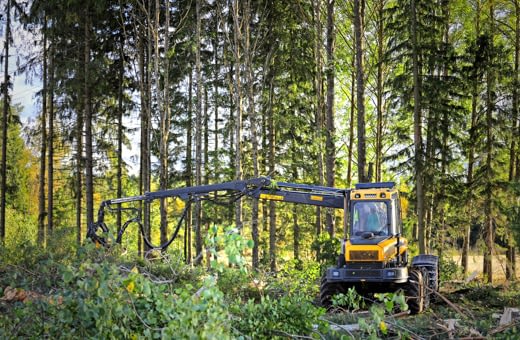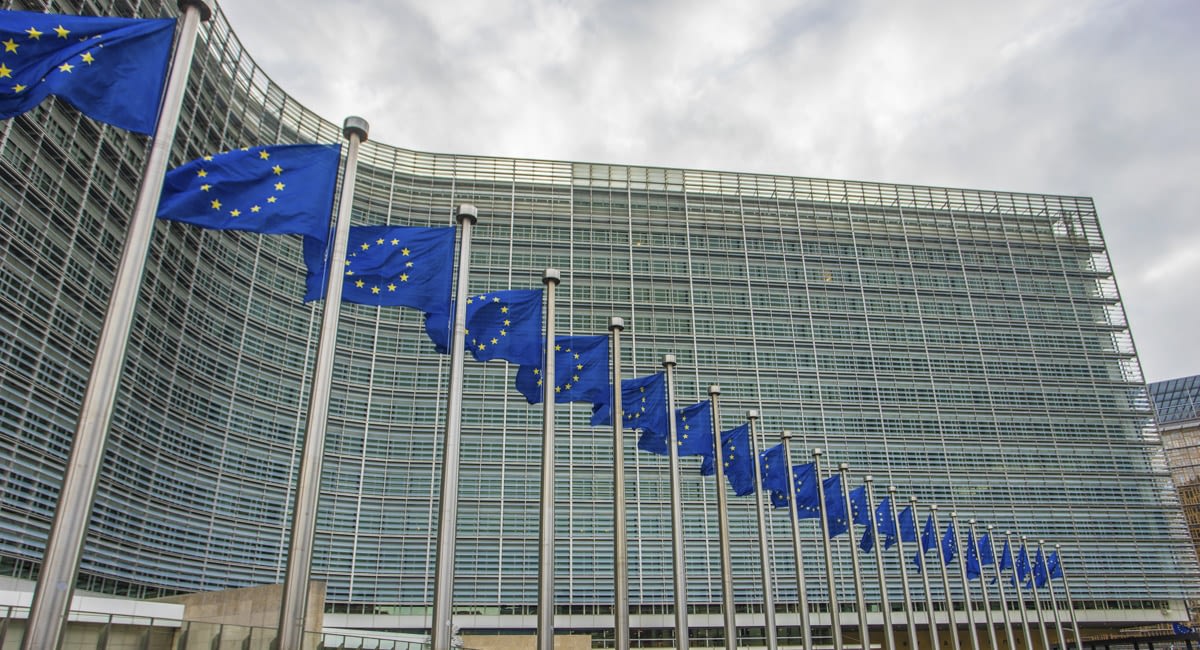The impacts of climate change are becoming increasingly evident in our forests, agriculture, and society at large. It is therefore no surprise that developing climate resilience and risk management has become an ever more important theme within the EU. Solutions are needed both to reduce emissions and to adapt to a changing climate.
Reducing emissions remains the most effective climate action, but forests also make a significant contribution toward achieving climate goals. Wood-based products – from packaging and construction materials to textile fibres – offer a climate-friendly alternative to fossil-based materials. Forests alone cannot bear the full weight of the solution, but their benefits are undeniable.
Climate change also increases the risks facing forests: storms, pests, and prolonged droughts challenge their growth and resilience. However, research-based solutions can help mitigate these challenges – for example, by strengthening forest growth.
The Natural Resources Institute Finland published last year a synthesis report titled Means and Impacts of Increasing Forest Growth, which provides a comprehensive overview of how forest growth can be enhanced and what effects different measures have. The report highlights several key approaches, including:
- Improved seed and seedling material: a long-term way to significantly boost growth and support adaptation to a warming climate.
- Rapid regeneration and early tending of young stands: ensuring forest vitality immediately after harvesting and preventing growth losses.
- Fertilization of growing stands: when properly targeted, an effective method to increase growth in nutrient-deficient areas.
- Diversifying tree species and mixed forests: improving forests’ adaptive capacity and reducing the risk of damage.
According to the report, these measures could increase Finland’s forest growth by several million cubic metres annually.
Increasing growth brings many benefits: it strengthens carbon sequestration, supports the raw material needs of the forest-based industry, and improves forests’ ability to adapt to climate change. Alongside growth, it is also essential to safeguard biodiversity.
The EU and its member states already have numerous national programmes to support forest resilience. In Finland, a comprehensive package of measures for 2025–2027 has been prepared to enhance preparedness for forest damage and the impacts of climate change. Key focus areas include increased forest health fertilization, afforestation projects, and the development of forest legislation.
Forest owners also regard the enhancement of biodiversity as an essential part of modern forestry, emphasizing voluntary action and adequate financial incentives. This reflects the fact that successful climate policy requires both regulatory instruments and practical, on-the-ground solutions.
It is important to remember that the sustainable use of forests is not just an environmental issue – it is also a cornerstone of Europe’s economy and competitiveness. The forest industry will continue to rely on locally sourced raw materials, which is why forest adaptation and sustainable wood production must go hand in hand.
From the forest industry’s perspective, it is vital to increase research-based knowledge on how climate change affects forests across Europe. Based on this knowledge, decisions can be made that ensure both the vitality of forests and the competitiveness of the forest-based industry.
P.S. Be sure to check out the updated Climate Roadmap of the Finnish Forest Industries Federation. The roadmap shows, among other things, how forest growth can be increased while safeguarding biodiversity and preventing forest damage.






